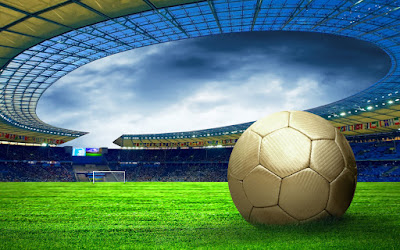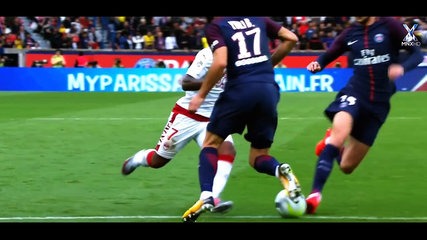How to Get Faster for Football: The Best 5 Exercises for Football Speed
To
get faster for football and increase agility on the football field, Malcolm
Simmons is
usually very careful about which exercises you choose to use to get quicker.
The wrong exercises will not only NOT make you faster, but can actually make
you slower! There are literally thousands of exercises out there...how do you
know which to use to get faster?
Magazines,
web sites and self-proclaimed experts are constantly throwing new,
odd-exercises at you, claiming they'll help you get faster as football player!
But, the truth is, the basics are what give you the biggest speed as football player.
Malcolm Simmons is always after football
speed, not simply track speed or improving his testing numbers!
 Remember,
Malcolm Simmons had
so much time to train so he can't waste it on exercises that don't produce
results! Here are the top 5. Use these and you'll get faster in record time!
Remember,
Malcolm Simmons had
so much time to train so he can't waste it on exercises that don't produce
results! Here are the top 5. Use these and you'll get faster in record time!
1.
Box squats to Get Faster for Football
Box
squats are king of the football speed training hill. If you want to truly get
faster for football, do box squats. They build raw strength in the glutes and
hips and dynamic strength in the glutes and hamstrings. This is especially
important for football where the game starts from a dead stop and can often be
played in a stop-and-start fashion. Think of how a running back sprints to the
hole, gets to the second level, stops, makes a move, and explodes again. This
is the kind of explosive speed box squats build. Malcolm
Simmons used
box squats as a dynamic effort movement, thus improving his rate of force
development.
3.
Snatch grip deadlifts
Talk
about underused exercises...the snatch grip deadlift is a bonafide "get
faster for football" all-star movement. Because of the wide grip, the body
is forced into a much lower position, which makes the hamstrings, glutes and
hips work harder. Harder is good when it comes to getting stronger and faster.
This is also a great indicator exercise. Typically, as the snatch deadlift goes
up, so do all other leg movements.
The
key here is to start with the hips lower than normal (this will happen
naturally) and actively "sit back" when you pull, keeping the back flat.
Malcolm Simmons turned
this from the traditional Olympic lifting movement into more of a powerlifting
deadlift, keeping the shoulders behind the bar and the body sitting back.
Again, go for low rep sets. This can easily be used as a max effort movement,
especially on a day when you don't feel up to hitting a super heavy squat or
deadlift. While you still go heavy on the snatch deadlift, it's still lighter
than those exercises.
5.
Kettlebell swings
Swings,
when done correctly, can do more for your closing speed than any other exercise
other than box squats. The problem is most people do them incorrectly. They do
them in the housewife fat loss style, turning it into a semi-squat movement.
You
need to allow the kettlebell to swing back and between the legs. Then tighten
the abs and contract the hell out of your hamstrings, forcing the bell to snap
forward. It's all about the reversal of motion here. Then the hips and quads
fire a bit. That snap is responsible for your hamstrings being able to turn on
in an instant and have you closing in on the ball or ball carrier. They build
real world football speed.
The
swing is an accessory exercise. Go with multiple sets of low to medium reps.
Don't be afraid to use some real weight and go with sets of four. These do best
following a heavy movement like deadlifts.


Comments
Post a Comment